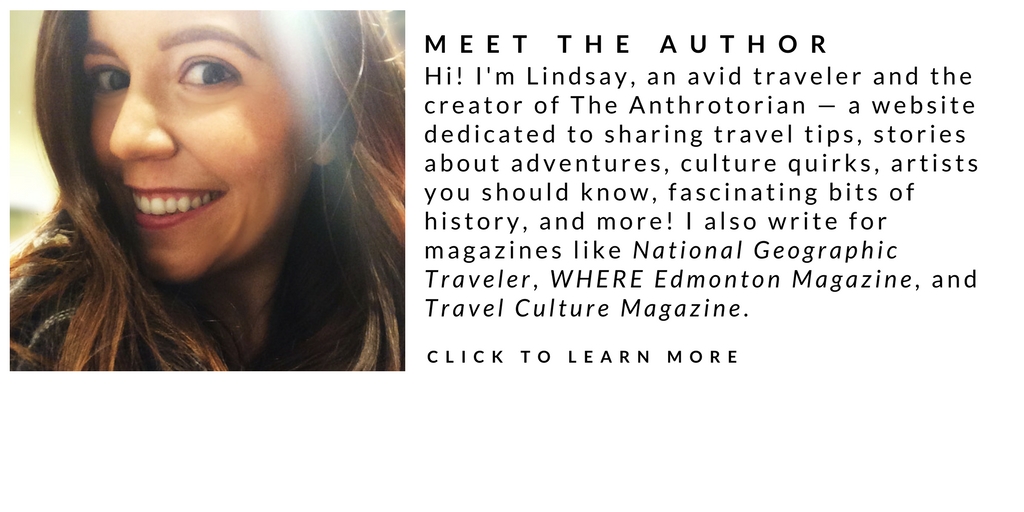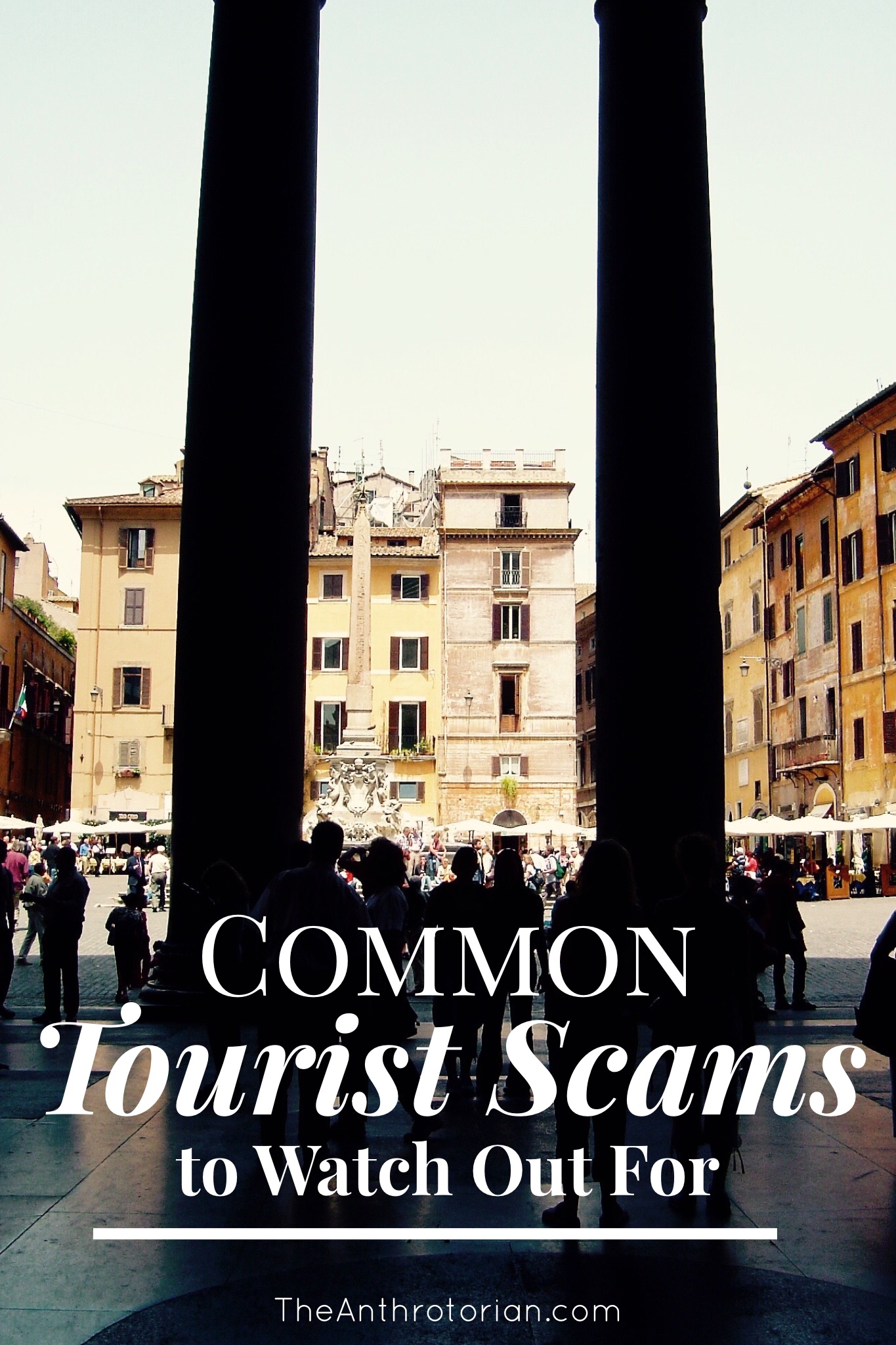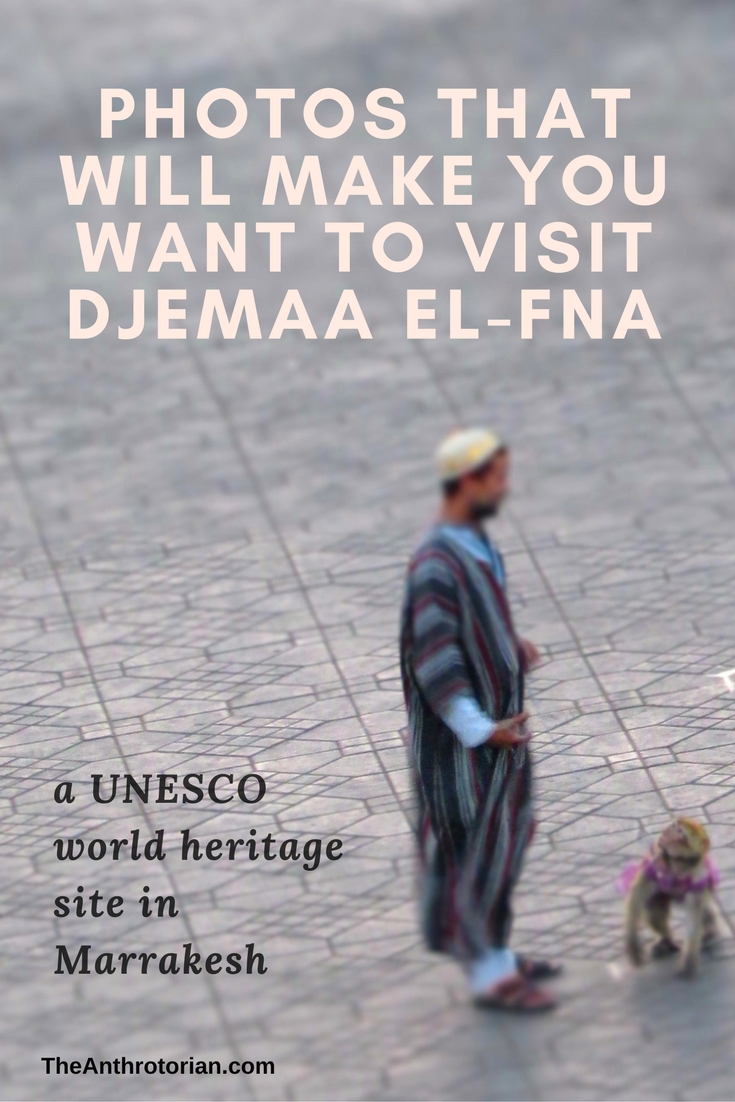Have you ever stayed at a hotel and discovered a beautifully wrapped chocolate or chocolate mint on your pillow? Have you ever wondered why? A chocolate seems like an odd thing to eat right before you fall asleep and have just brushed your teeth, doesn't it?
Well, we can thank actor Cary Grant for this sweet trend.
Apparently in the early 1950s, Grant was staying at a luxury hotel in St. Louis (the Mayfair Hotel to be exact). He had a women (presumably a mistress, as he was married at the time) meeting him at the hotel, but she arrived before him. Instead of finding an empty suite however, she was met with a trail of chocolates leading from the door, into the bedroom, across the bed and onto the pillow. Grant had requested the chocolate trail because he was going to be late.
Impressed with this thoughtful, luxurious detail, the hotel manger decided that all guests should be greeted with a pleasant surprise that would make them feel appreciated, and started putting chocolates on the pillows in all of his rooms.
The gesture began a trend that was picked up by hotels all over the world, and still continues today!






















